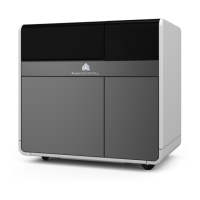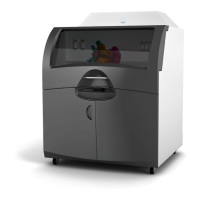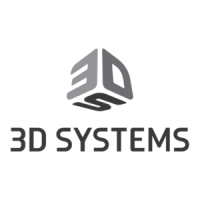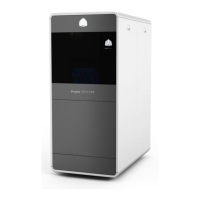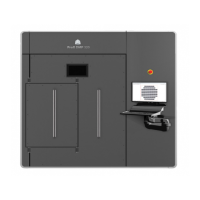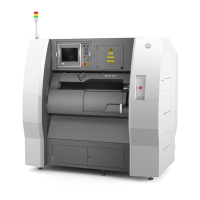3
Disposal
• Disposal of fully cured parts are not subject to regulations of any known agency
worldwide. VisiJet® support material cartridges may be disposed of in ordinary
ofce trash.
• Uncured part material is classied as regulated, and in some areas hazardous;
requiring special packaging, transportation, and disposal. The disposal of partially
cured or uncured part material must comply with all local, state, and federal envi-
ronmental safety regulations. Applicable part “waste” includes cartridges (empty or
full) and waste pans. Any materials used to clean up uncured part material should
be disposed of in the same manner as uncured part material.
• To nd out facility disposal requirements, contact a local waste disposal provider.
(Local environmental regulatory agency should have a list of qualied providers.)
• You will need to give disposal service provider a copy of the part material GHS/SDS, and possibly other forms included in the
Appendix of your VisiJet® Material Handling Guide, such as Waste Prole Worksheet and SNUR (Signicant New Use Regulation
- U.S. only). A report will be provided, indicating disposal requirements, as well as a quotation for regularly scheduled pickups. If
assistance is needed locating a waste disposal provider, or completing a waste disposal form, contact your local 3D Systems
certied reseller or 3D Systems Technical Support.
• 3D Systems assumes no liability or responsibility for proper disposal of uncured part material. Proper disposal of uncured part
material is the sole responsibility of the user.
HEALTH HAZARDS/IRRITANT
Irritant
• Any chemical may exert harmful effects if it contacts or enters the body. Uncured material is a sensitizer, and can cause allergic
reactions if it comes in contact with skin. Always wear nitrile gloves when handling material. Refer to personal protection equipment
for more information. To avoid sensitization, do not allow uncured material to contact skin. Consult the GHS/SDS for specic
information about the sensitization potential.
• If skin comes in contact with uncured material immediately wash with cold water and soap.
Inhalation/Injestion
• Under normal operation, inhalation is not an expected route of entry.
• Ingestion - Uncured part material is toxic if ingested.
• Because uncured material is toxic if ingested, it must not be present where food and drink are stored, prepared, or consumed. After
handling materials, wash hands with soap and cold water before consuming or preparing food.
Handling Finished Parts
• Finished (cured) parts can be handled or disposed of the same as standard household plastic products. VisiJet® parts are not
recyclable. VisiJet® materials are not intended for and cannot be used for medical implant, food or drink handling applications.
• Exposure control - The 3D printer system has a variety of built-in engineering controls which are designed to prevent operator
exposure. Do not try to change or disable these controls.
Hygienic Practices
• Appropriate hygienic practices should be followed, including washing with soap
and water before meals, breaks, smoking, applying cosmetics, using toilet facilities,
and after work.
• Employees should be alerted of the need to clean and rinse off any contacted
surface promptly in order to prevent further contamination. Ensure a convenient
washroom location is provided with access to soap, water, and disposable paper
towels.
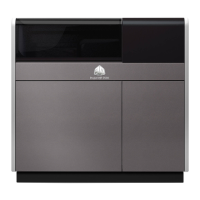
